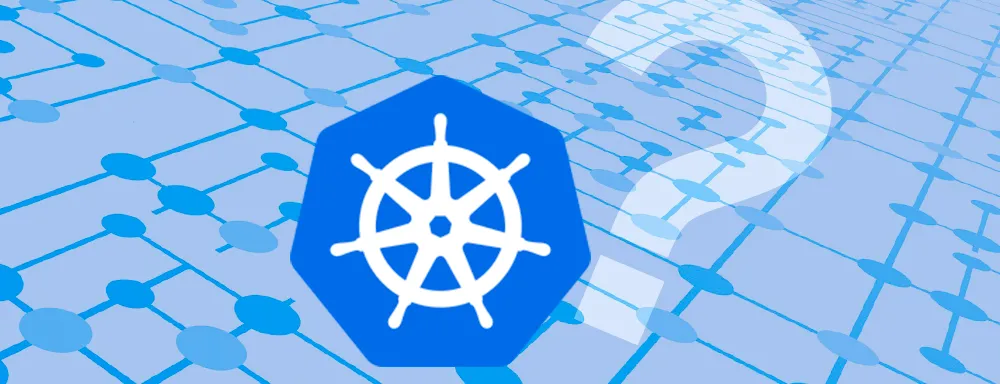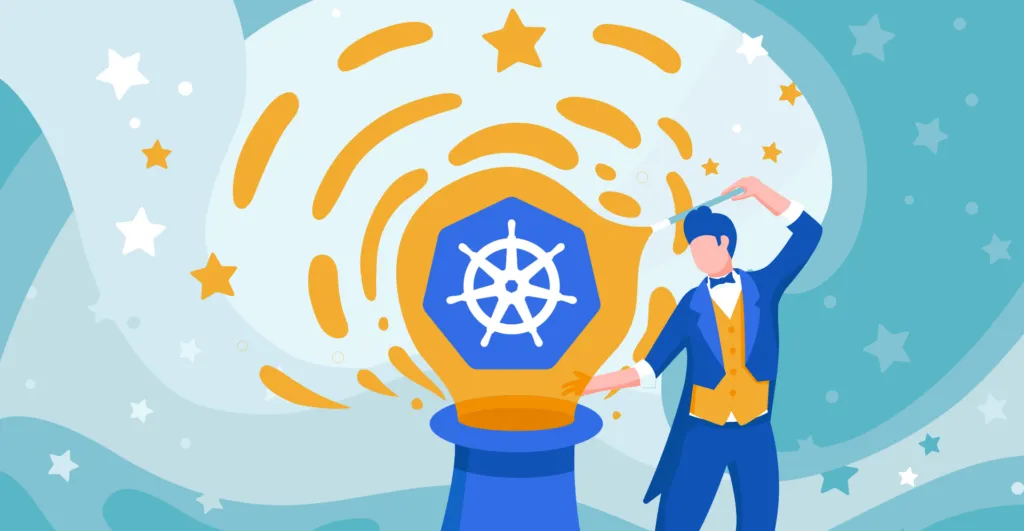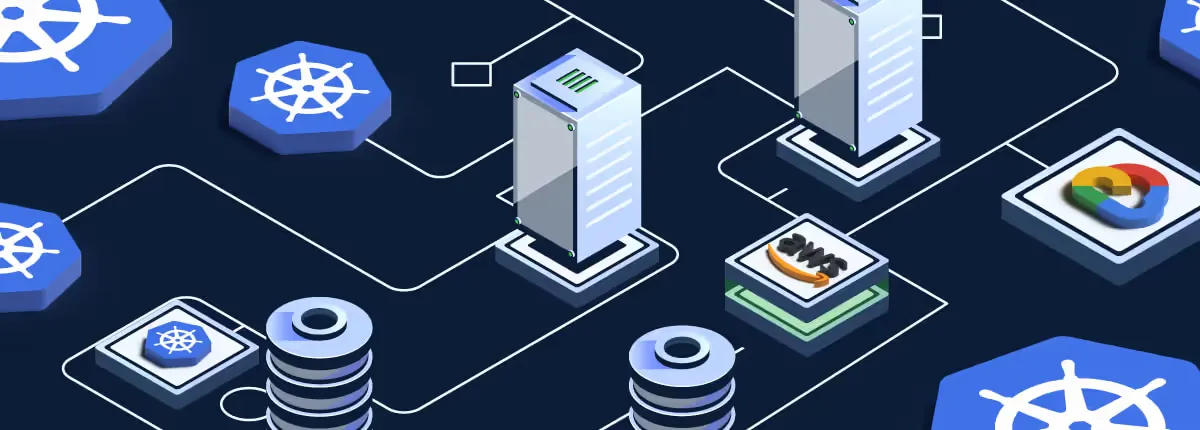Imagine you are building an amazing application. At first, everything is simple: one server, one database, a few users. But then your product explodes 🚀. Traffic surges, new features are constantly added, and your development team grows rapidly.
Nightmare begins. The server is overloaded. Even a small feature update becomes a risky gamble. Scaling the system? That means sleepless nights.

If this sounds familiar, it's time to learn about Kubernetes. But Kubernetes is not a magic wand 🪄 for every problem. Using it at the wrong time can bring more trouble than benefit. So, what are the signs you truly need this master "conductor"?
What is Kubernetes? Picture a Symphony Orchestra 🎼
Before diving in, let's understand Kubernetes (often called K8s) in the simplest way.
Think of each container (like Docker) as a musician. They have all their instruments (code, libraries) and know how to play their part perfectly in their own space. But to create a grand symphony (a complete application), you need dozens or even hundreds of such musicians.

This is where Kubernetes appears as a brilliant conductor. It doesn't play any instrument, but it does more important things:
- Directs: Tells which musician plays, when, and where.
- Coordinates: Ensures all musicians work in harmony.
- Auto-replaces: If a musician gets sick (a container fails), K8s immediately brings in a backup without the audience (users) noticing.
- Scales up: When a bigger performance is needed (traffic spikes), K8s automatically brings in more musicians.
In short, Kubernetes is an open-source container orchestration system that automates the deployment, scaling, and management of containerized applications.
✅ Signs It's Time for Kubernetes
If you face one or more of the following scenarios, moving to Kubernetes is a strategic and worthwhile decision.
1. Your Microservices Architecture Has Become Complex
This is the most common reason. When you break your monolithic app into dozens of microservices, you face new challenges:
- How do these services "talk" to each other?
- How do you deploy each service independently without affecting the whole system?
- How do you monitor the health of each service?
💡 Kubernetes solves:
- Service Discovery & Load Balancing: Automatically provides a stable network address for services to find and communicate with each other, and balances load between service replicas.
- Independent deployment: Lets you update, patch, or scale each microservice independently and safely.
2. You Require "Zero Downtime" and High Availability
For critical apps like e-commerce, finance, or healthcare, downtime means lost money and trust. You can't risk even a few minutes of outage for updates.
💡 Kubernetes solves:
- Self-healing: K8s constantly checks container health. If one "dies," it restarts or replaces it automatically.
- Rolling Updates: Lets you roll out new versions gradually. K8s slowly replaces old containers with new ones, ensuring the service is always available during updates.
3. You Need Flexible and Automatic Scalability
Your system sometimes faces traffic spikes (e.g., Black Friday sales, product launches) and sometimes very low loads. Keeping lots of servers running 24/7 is expensive, but too few means crashes during peaks.
💡 Kubernetes solves:
- Autoscaling: You can configure K8s to automatically add (scale out) or remove (scale in) containers based on real metrics like CPU or RAM. This optimizes costs and ensures performance.
4. Multi-Cloud Strategy and Avoiding Vendor Lock-in
You don't want to depend entirely on a single cloud provider (AWS, Google Cloud, Azure). You want to move your app between platforms easily to take advantage of pricing or technology.
💡 Kubernetes solves:
- Infrastructure abstraction: K8s creates an abstraction layer over infrastructure. You write your app config for K8s once and can run it on any cloud provider supporting Kubernetes (GKE, EKS, AKS) or even on your own on-premises servers.
🛑 When Should You Hold Off on Kubernetes?
Power comes with complexity. Kubernetes is extremely powerful, but it's like "using a sledgehammer to crack a nut" if applied in the wrong case.
1. Your App is Simple and Monolithic
If your app is a single block, runs stably on a few servers, and you don't plan to break it up, adding K8s just creates unnecessary complexity.
2. Your Team is Small and Inexperienced
Kubernetes has a steep learning curve. Setting up, managing, and debugging a K8s cluster requires deep knowledge of networking, storage, and security. If your team isn't ready, operational costs may outweigh the benefits.
3. You're an Early-stage Startup
At this stage, your top priority is product-market fit and rapid feature development.
Investing time and resources in complex infrastructure like K8s can slow you down. Simpler solutions like Heroku, Vercel, or a basic VPS are often better choices.
🧭 Advice for Beginners
If you know you need K8s, don't build everything from scratch. Start with Managed Kubernetes Services from major cloud providers:

- Google Kubernetes Engine (GKE)
- Amazon Elastic Kubernetes Service (EKS)
- Azure Kubernetes Service (AKS)
These services handle the hardest parts of setup and control plane management, letting you focus on deploying and running your app.
Conclusion: Kubernetes is a Journey
Kubernetes is not a destination, but a journey. It's a strategic tool for solving scale, reliability, and flexibility challenges in modern software.
Deciding when to use Kubernetes requires an honest assessment of your app's complexity, business needs, and team capabilities. Consider the signs above: Are you struggling with microservices, craving zero-downtime, facing fluctuating traffic, or seeking multi-cloud freedom? If yes, Kubernetes is the conductor your orchestra needs to create the greatest technology symphonies.
![[Advanced Docker] Protect Your Application: Security Best Practices in Docker](/images/blog/security-in-docker.webp)
![[Advanced Docker] Dockerfile Optimization: Reduce Size, Speed Up Builds, Enhance Security](/images/blog/dockerfile-optimization.webp)
![[Advanced Docker] What is Container Orchestration? Discover Its Role & Management Tools](/images/blog/what-is-container-orchestration.webp)
![[Docker Basics] Docker Volumes: How to Store and Manage Data](/images/blog/understanding-docker-volumes.webp)